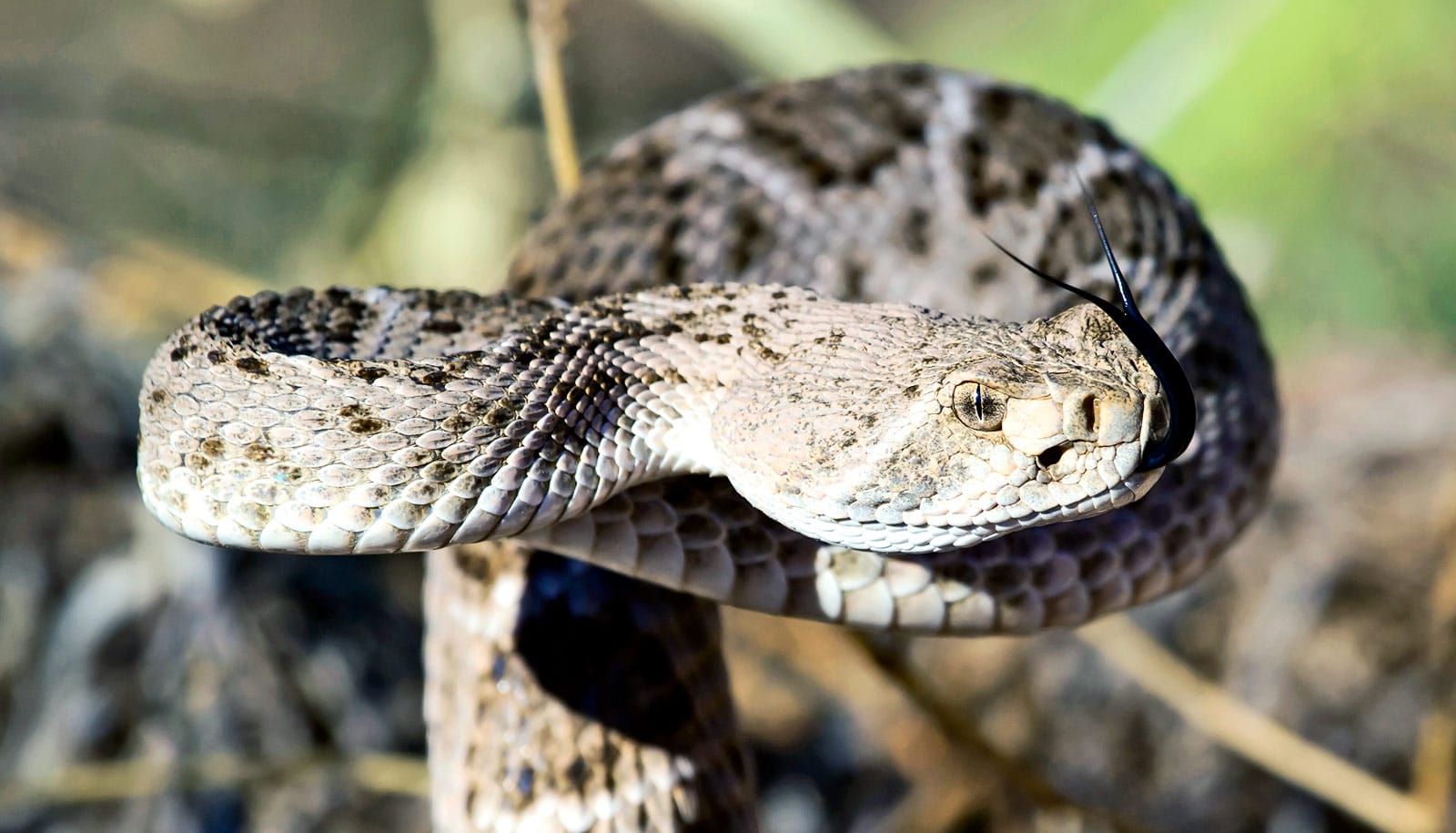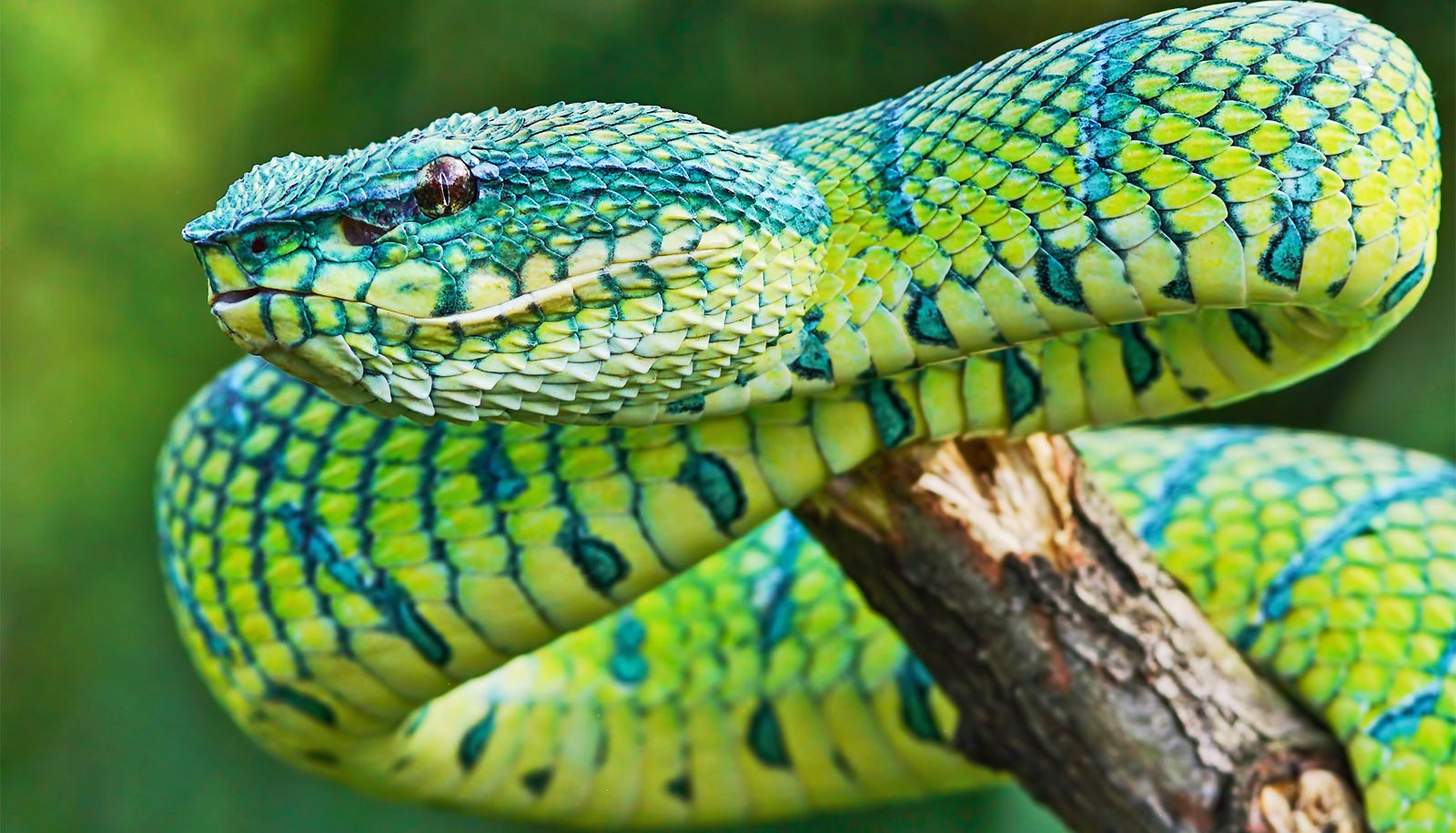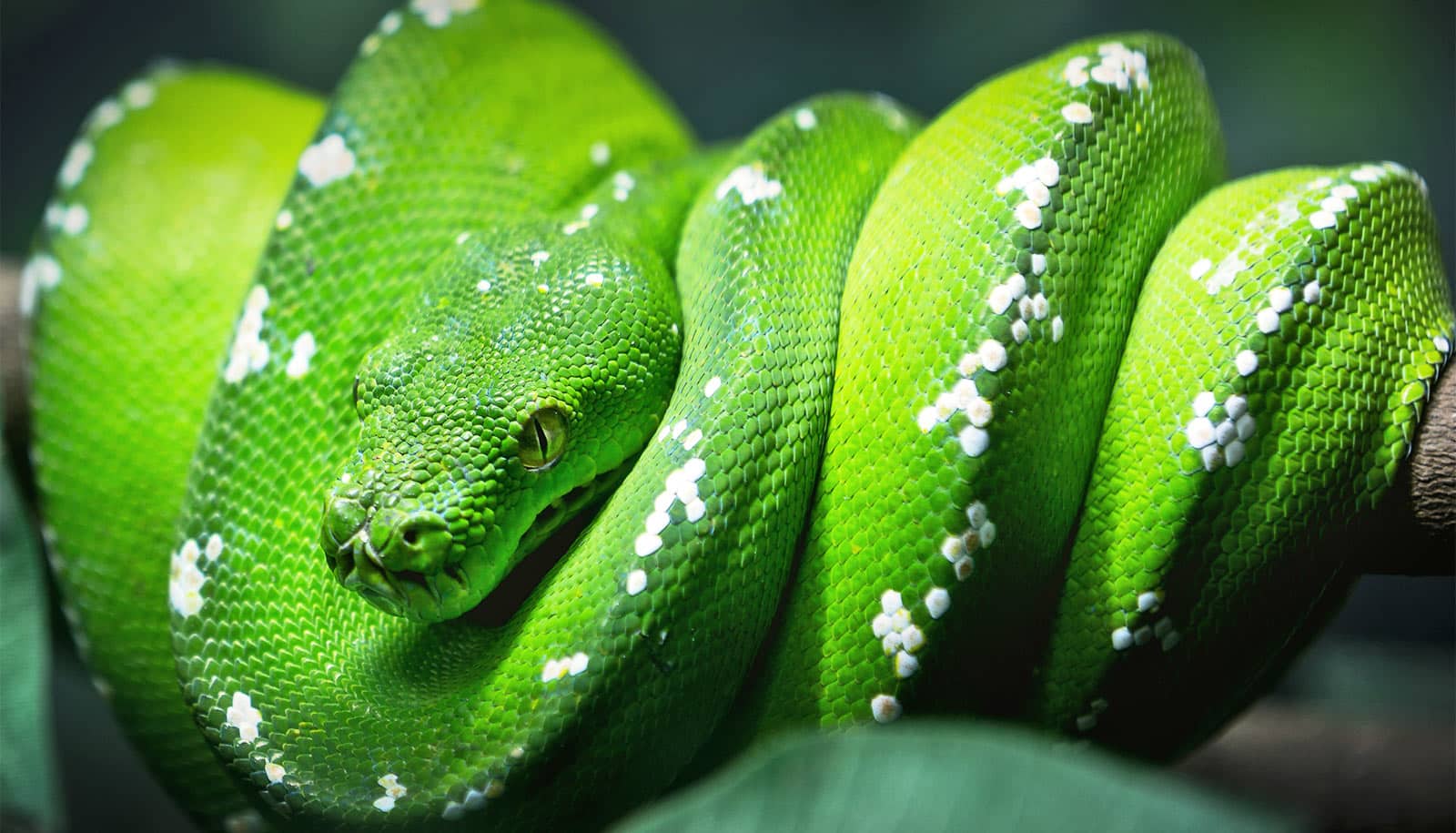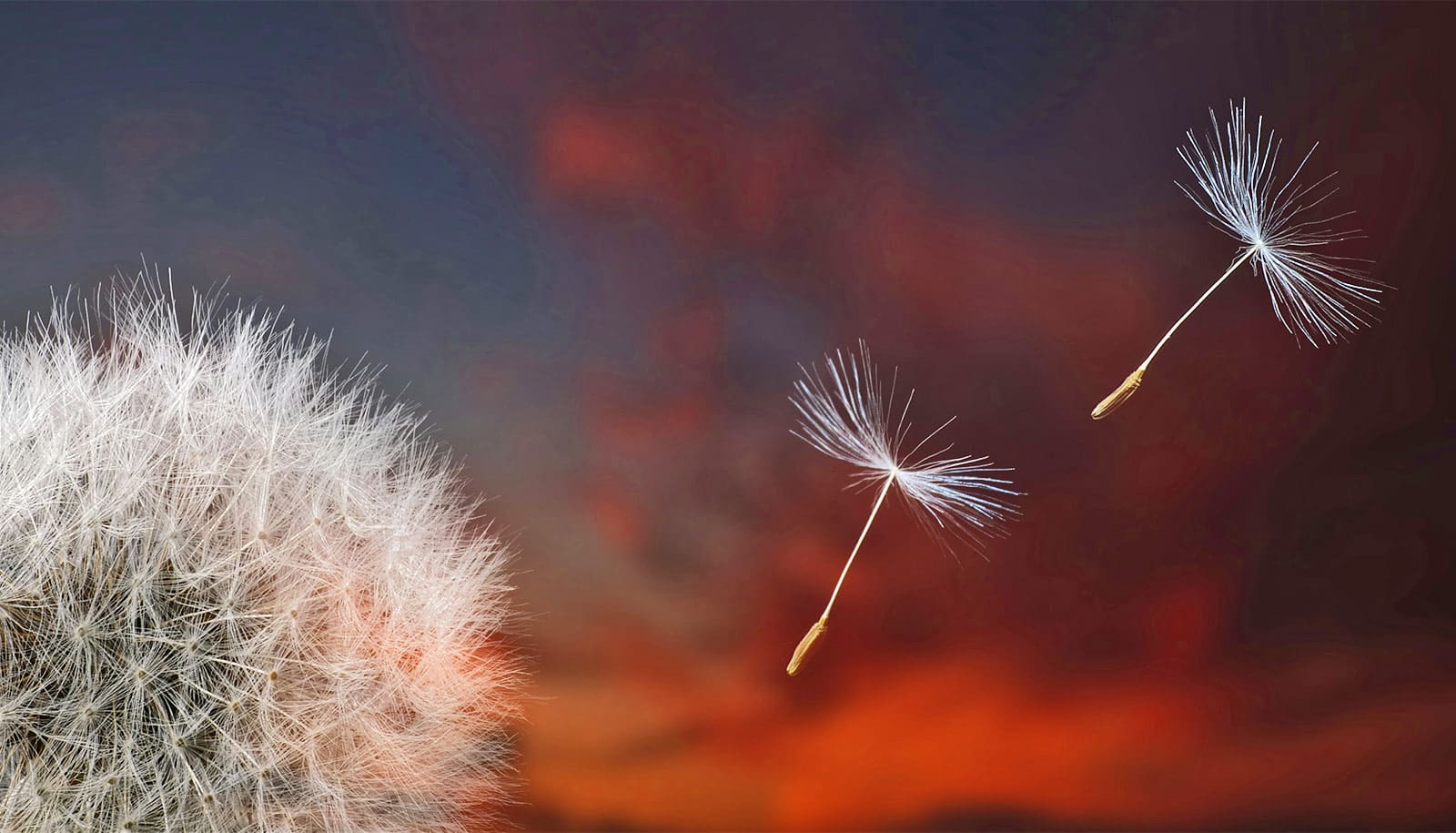Snakes may play a key role in dispersing plant seeds, new research suggests.
Plants disperse their seeds by “hitchhiking” on animals, with the seeds clinging to fur or feathers, or stored in a cheek pouch or a bird’s crop. Sometimes, seeds are swallowed whole and survive the gut intact to emerge viable.
This kind of seed dispersal has been critical to plants throughout their evolution, allowing them to escape competition from nearby plants and to reach safe locations for colonizing distant sites.
Rodents play a critical role, since they often have cheek pouches that allow them to transport seeds from source plants to underground caches. While most of those seeds are eaten by the rodents, the rodents themselves are often eaten by predators, some of which then serve as secondary dispersers of the seeds carried in the rodent cheek pouches.
In a new study that appears in Proceedings of the Royal Society B, researchers show how, even after digestion, seeds carried by rattlesnakes can survive intact.
Researchers used museum-preserved specimens of three species of desert-dwelling rattlesnakes that had swallowed prey.
“Even many biologists suppose that museum specimens are used solely for taxonomy, to anchor the meaning of formal names for organisms, but our project is among many in recent years that have utilized specimens to answer questions certainly never imagined by those who preserved and curated the organisms,” says Harry W. Greene, professor emeritus of ecology and evolutionary biology at Cornell University.
In examining 50 snake specimens, researchers found rodent remains present in 45, with a total of 971 seeds in the snakes’ gastrointestinal tracts. Not only did the seeds survive travel through the entire digestive tract of the snake, the seeds sometimes germinated in rattlesnake colons.
Because snakes are strict carnivores, they can’t digest cellulose and other components of seeds, therefore, damage to the seeds due to digestion is less likely than in omnivore predators. And, since snakes don’t chew their food but swallow it whole, seeds aren’t as likely to be damaged during ingestion.
The protracted length of snake digestion is also a benefit for seed dispersal, both giving the seeds time for germination as well as making it more likely that the snake will excrete the seed at a distance from its originating plant. Researchers speculate that the particularly rich nutritional microenvironment of snake feces, both in the colon and excreted, are particularly advantageous for geminating seeds.
The abundance of snakes can also contribute to the importance of their role in seed dispersal. As the researchers note, a rattlesnake can consume as many as 20 rodent meals—with potentially hundreds of seeds inside—during its 25- to 30-week active season.
Birds don’t carry seeds far enough to save rainforest
Individual rattlesnakes occupy large home ranges, and can travel as much as 2 kilometers in just a few days, a far greater distance than the rodents themselves would have traveled.
The researchers see rich opportunities for further investigation. Given the more than 3,500 snake species known, it is likely that many consume prey that transport seeds.
Snakes “should be studied and appreciated as seed rescuers and secondary dispersers, perhaps even ecosystem engineers, in addition to their recognized predatory functions,” the researchers write.
Source: Cornell University



